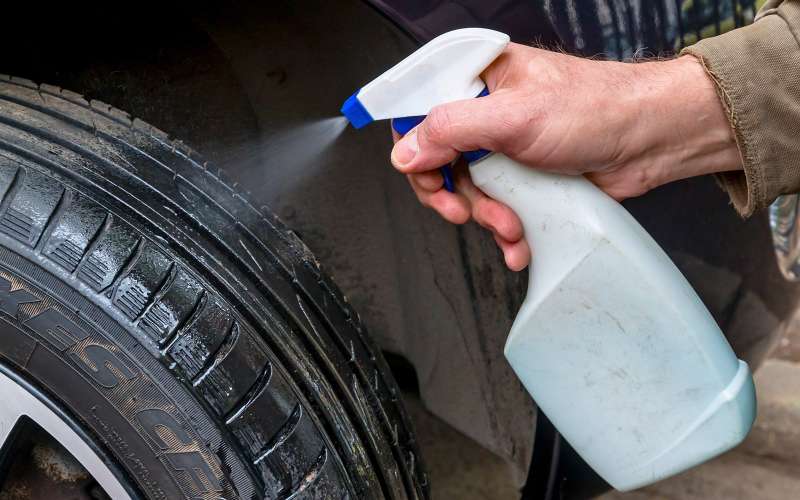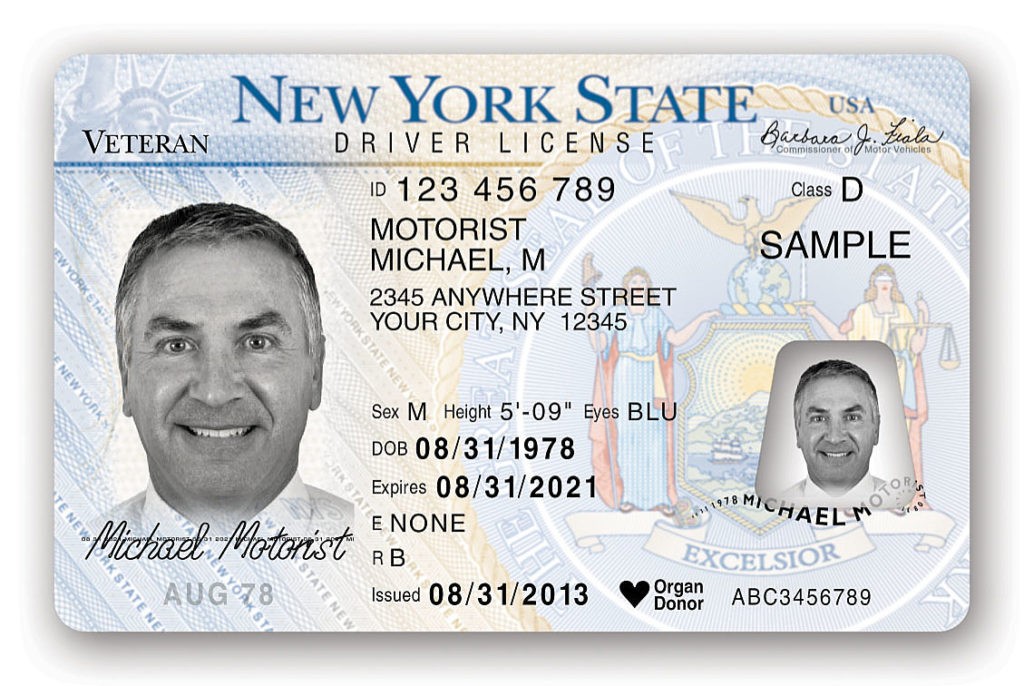
How to patch a punctured tire
Content
A flat tire can hit your day and your wallet hard. Tires can flatten due to many problems, including: Glass or metal shards Hard hitting a pothole Hitting a curb Leaking valve stem Nails or screws in the road…
A flat tire can hit your day and your wallet hard.
Tires can flatten due to many problems, including:
- Glass or metal shards
- Strong blow to the pothole
- Collision with a curb
- Leaky valve stem
- Nails or screws on the road
The most common cause of a tire leak is a nail or screw puncture.
When a nail punctures a tire, it can either stay in the tread or go in and out. Tire pressure leaks out of the puncture and the tire eventually deflates.
In any case, a puncture can be repaired if it occurs in the tread of the tire.
FunctionsA: If your tire is slowly leaking, have it repaired soon after. If you pressurize the tire without repairing the puncture, rust and corrosion can form in the steel belt layer, causing additional damage such as belt breakage and steering wobble.
Attention: Proper tire repair involves removing the rubber tire from the wheel rim. Although external tire plug kits are available on the market, this is not an approved repair method and does not meet Department of Transportation (DOT) standards.
Quality tire repair can be done in one of two ways:
- One-stop repair with plug and patch combination in one
Two-piece repair with filler plug and closing patch
Attention: A two-piece repair is rarely used unless the puncture is more than 25 degrees to the tread. This is a professional repair.
Here's how to repair a tire with a combination patch.
Part 1 of 4: Find a tire puncture
Follow these steps to check your tire for leaks and locate the puncture.
Necessary materials
- Soapy water
- Sprayer
- Tire chalk
Step 1: Spray soapy water onto the tire with a spray bottle.. Focus on areas that may be leaking, such as the bead, valve stem, and tread section.
Lubricate the tire little by little with soapy water. You will know where the leak is when you see large or small bubbles forming in the soapy water.
Step 2: Find the leak. Mark the leak with a tire pencil. Also mark the position of the valve stem on the side wall so you can orient the tire correctly when you reinstall it.
Part 2 of 4: Remove the tire from the rim
You will need to remove the tire from the wheel rim to be able to repair the puncture.
Necessary materials
- Board dismantling bar
- Eye protection
- heavy hammer
- There is a pry
- Valve stem core tool
- Work gloves
Step 1: Completely deflate the tire. If there is still air in your tire, remove the valve stem cap, then remove the valve stem core with a tool.
- Attention: Air will begin to hiss rapidly when the valve stem core is loose. Be careful to control the valve core and hold it so you can reuse it after a tire repair.
The tire will take less than a minute to completely deflate with the spool removed.
If your tire is already completely deflated, continue to the next step.
Step 2: Break the bead. The smooth edge of the tire fits snugly against the rim and must be separated from the rim.
Lay the tire and rim on the ground. Place the bead stripper firmly under the lip of the rim on top of the tire and hit it with a heavy hammer while wearing goggles and work gloves.
Continue in this manner around the entire bead of the tire, moving forward as soon as the bead begins to move. When the bead is fully shifted, it will freely drop down. Turn the wheel over and repeat the process for the other side.
Step 3 Remove the tire from the rim.. Place the end of the rod under the bead of the tire and press it against the rim and lift the tire up. Part of the rubber lip will be above the edge of the rim.
Using the second rod, pry off the rest of the bead until it is completely over the edge of the rim. The second lip will easily come off the rim if you move it a little. Use a pry bar to lift it higher if it doesn't come off easily.
Part 3 of 4: Tire Repair
Apply a Band-Aid and connect it to the puncture to fix a flat tire.
Necessary materials
- combo patch
- patch roller
- Rasp or diamond-grit sandpaper
- Scan
- rubber adhesive
- Нож
Step 1: Assess the condition of the tire. If there are black pebbles or dust inside the tire, or if you see cracks or cuts on the inside of the tire, this indicates that the flat tire has been used for too long. In this case, discard the tire and replace it.
If the inside of the tire is shiny and free of debris, continue with the repair.
Step 2: Widen the puncture hole. Locate the hole inside the tire opposite the mark you made on the tread. Insert the reamer into the hole from the inside of the tire, pushing it deep into the hole and pushing it out at least six times.
- Functions: The hole must be clean so that the plug of the patch fits snugly into the hole and closes it.
Step 3: Finish the inside of the tire at the hole. Use a hand rasp or diamond-grit sandpaper to sand out a spot that is slightly larger than the area of the patch. Brush off loose rubber that may have formed.
Step 4: Apply a generous coat of rubber adhesive. Apply cement to an area slightly larger than the patch. Let it dry according to the instructions on the container.
Step 5: Insert the patch plug into the hole. Remove the protective backing from the patch, then insert the plug into the hole. There is a hard wire at the end of the plug. Insert it into the hole, pushing it as far as you can.
Attention: The plug must go deep enough so that the patch is fully in contact with the tire's inner sealant.
Functions: The fit is likely to be tight and you may need to pull the plug all the way out with pliers. Pull on the wired part to properly install the plug.
Step 6: Install the patch with a roller. Once the combination patch is fully secured, place it into the rubber adhesive using a roller.
- Functions: The roller looks like a serrated pizza cutter. Roll it up with moderate force, making sure you make contact with each part of the patch.
Step 7: Cut off the protruding plug flush with the tire tread.. Using a utility knife, cut the end cap flush with the surface of the tire. Do not pull on the fork when cutting it.
Part 4 of 4: Install the tire on the rim
After repairing the puncture, put the tire back on the wheel rim.
Necessary materials
- Compressed air
- There is a pry
- Valve core tool
Step 1. Orient the tire in the correct direction.. Use the markings on the valve stem to align it on the correct side and position it in the rim.
Step 2: Put the tire back on the rim.. Press the tire against the rim and set it in place. The bottom side should slide into place easily. The top side may require some force, such as twisting the tire or pressure around the bead.
If necessary, use a rod to pry the rubber back under the rim.
Step 3: Install the valve stem core. Make sure the valve core is tight to prevent leaks.
Step 4: Inflate the tire. Use a compressed air source to inflate the tire. Inflate it to the recommended tire pressure for your vehicle, as shown on the label on the driver's door.
Step 5: Recheck the tire for leaks. Spray the tire with soapy water to make sure the leak is sealed and the tire is seated on the bead.
While one plug may be enough, national road safety agencies caution against using just a plain plug.
In some situations, relying on a stub may be less effective. When a puncture is near the sidewall of a tire, many experts recommend a patch, as a simple plug may not be enough to completely seal the damage. If the puncture is diagonal rather than straight, a patch must be applied. The stub patch is the ideal solution for these flat tire situations.
If you find that your tire is not inflating properly even after repairing the puncture, have a certified mechanic, such as AvtoTachki, have the tire inspected and replace with a spare tire.

